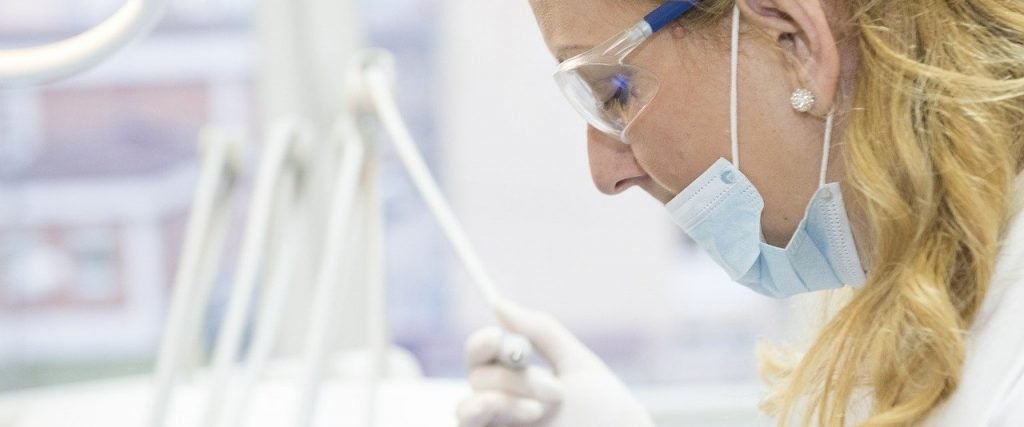As cosmetic injections have penetrated the mainstream in recent years, there’s been an increasing tendency by media outlets, bloggers, social media influencers, even some board-certified* plastic surgeons to use certain cosmetic-injection terms as though they’ve been part of our vocabulary all along. By doing so, the best-case scenario is you’re left in the dark. Worst-case, you’re misled. Whether you’re preparing for your next treatment or your first, think about taking a moment to brush up on your cosmetic-injection terms.

*Board Certification
Indicates that the injector has not only graduated from medical school and is a licensed physician but they’ve also completed a three-year residency program in plastic surgery. When you’re considering any sort of cosmetic injection, you want a board-certified plastic surgeon because they have extensive knowledge of the musculature of the face.
Botulinum Toxin
A drug made from a purified protein derived from a strain of protein called Clostridium botulinum. With 7.4 million procedures performed last year, it’s the most popular type of injectable by far. It works by preventing nerves from releasing the neurotransmitter acetylcholine, which triggers muscles to contract. In doing so, overactive, wrinkle-causing muscles become relaxed and lines they’ve etched become less pronounced. In 2002, Botox became the first brand under which botulinum toxin was available for cosmetic injections. Jeuveau, Dysport, and Xeomin are newer versions of the drug.
Filler
Refers to any substance that can be injected into the skin or underneath it to create a physical change. There are currently 15 different kinds of fillers approved by the Food and Drug Administration (FDA) for cosmetic use. In recent years, plastic surgeons have gradually drifted away from permanent and semi-permanent fillers, which can last up to five years, in favor of hyaluronic acid fillers, whose results can last up to two years but are reversible.
Hyaluronidase
Used to reverse poorly done procedures (overly plumped lips) or the bumps that can occur as a side effect of bad injection technique or when an injection is too shallow. Hyaluronidase is comprised of a group of enzymes that break down hyaluronic acid fillers within hours without compromising the hyaluronic acid that’s found naturally in your skin. (It cannot be used on permanent or semi-permanent fillers.)
Poly-L-Lactic Acid
A sugar with medical and cosmetic applications—it’s in the filler Sculptra, which is approved by the FDA to plump nasolabial folds for up to two years. But unlike the sugar that makes up hyaluronic acid fillers, this one doesn’t occur naturally in the body, and it can’t be reversed.
Hyaluronic Acid
A naturally-occurring sugar that plumps the skin by holding 1,000 times its weight in water. With more than 2.1 million injections done in 2018, hyaluronic acid-based fillers are the most popular types of fillers today. Different brands and types offer the sugar in different concentrations and particle sizes. Small particles, such as those in Juvéderm Volbella and Restylane Silk, are often used to fill in shallow lines and delicate areas, like the lips, while larger ones, such as those in Juvéderm Voluma XC and Restylane Lyft, are most appropriate for adding volume to the cheeks and smoothing nasolabial folds.